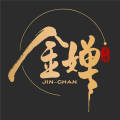What questions will be asked in eBay operation interviews?
我总结了这三点:
问题1:你是如何实现用户增长的?
回答方式:基于过往的工作经验,我总结了18种获客渠道,包括免费和付费的、短期见效和长期有效的、线上和线下的。
在上家公司,我运营的是款xxx产品,通过不断的渠道测试,最终找到两个核心渠道,获客贡献分别是30%和25%,一个是搜索引擎营销sem,一个是内容营销。
问题2:你是如何提升用户转化的?
提升用户转化主要从产品、用户、定价、转化环节四个部分入手,产品有哪些功能可以变现,用户愿意为哪些功能付费,定价策略如何,以及转化环节是否存在用户流失,需要一一试验和改进。
基于提升转化率,我总结了5个关键步骤,只要一步步来,就可以逐步提升转化率。
同时,基于定价,我还总结了15个定价方法,12个提升利润的方法和22个提升销量的方法。在过往的工作中,都起到了不小的作用。
在上家公司,我曾采用差异定价法,让不同消费意愿和能力的用户都可以找到自己认为价格合理的产品,从而将转化率提升了8%。
问题3:如何提升用户的黏性?
用户的黏性强与弱,即为产品的留存率高与低。
留存阶段大致分为4个,新用户激活阶段、中期留存阶段、长期留存阶段和用户流失阶段,每个阶段的留存策略不同。
新用户激活阶段,重在使用户快速完成“关键行为”;中期留存阶段,重在使用户熟悉产品,发现更多价值,形成使用习惯;长期留存阶段,重在使用户经常会来,避免流失;用户流失阶段,重在唤回已经流失的用户,令其重新发现产品价值。
基于不同的留存策略,有不同的运营方法。
在上家公司,我曾通过打造一个参与闭环,实现了用户留存正循环。不仅提升了新用户的留存率,还带动了老用户的活跃。
Professional answer
I have summarized these three points:
Question 1: How do you achieve user growth?
Answer method: Based on past work experience, I have summarized 18 customer acquisition channels, including free and paid, short-term and long-term effective, online and offline.
In my previous company, I operated a xxx product. Through continuous channel testing, I finally found two core channels, which contributed 30% and 25% to customer acquisition respectively. One is search engine marketing SEM, and the other is content marketing.
Question 2: How do you improve user conversion?
Improving user conversion mainly starts from four parts: product, user, pricing, and conversion. What functions of the product can be monetized, what functions are users willing to pay for, what is the pricing strategy, and whether there is user loss in the conversion link, all need to be tested and improved one by one.
Based on improving conversion rate, I have summarized 5 key steps. As long as you take them step by step, you can gradually improve the conversion rate.
At the same time, based on pricing, I also summarized 15 pricing methods, 12 methods to increase profits and 22 methods to increase sales. In the past work, they have played a significant role.
In the previous company, I used differential pricing to allow users with different consumption intentions and abilities to find products that they think are reasonably priced, thereby increasing the conversion rate by 8%.
Question 3: How to improve user stickiness?
The stickiness of users is strong or weak, which means the retention rate of the product is high or low.
The retention stage is roughly divided into 4 stages: the new user activation stage, the mid-term retention stage, the long-term retention stage and the user churn stage, and the retention strategy for each stage is different.
In the new user activation stage, the focus is on enabling users to quickly complete the "key behavior"; in the mid-term retention stage, the focus is on enabling users to become familiar with the product, discover more value, and form usage habits; in the long-term retention stage, the focus is on enabling users to come frequently to avoid churn; in the user churn stage, the focus is on recalling the lost users and allowing them to rediscover the value of the product.
Based on different retention strategies, there are different operating methods.
In my previous company, I created a closed loop of participation to achieve a positive cycle of user retention. It not only increased the retention rate of new users, but also promoted the activity of old users.
1. How do you manage and optimize your eBay store?
2. How do you increase sales and customer satisfaction?
3. How do you handle returns and complaints?
4. How do you deal with competitors and price wars?
5. How do you handle complex orders?
6. How do you use data analysis and market trends to determine purchasing and sales strategies?
7. How do you handle international shipping and overseas markets?
8. How do you promote and market your eBay store?
9. How do you handle online payments and security issues?
10. How do you maintain good communication and relationships with your customers?
Similar Q&A
recommend Where to sell the 1985 one-cent coin?
E-c News Continuously pushing e-commerce knowledge to you

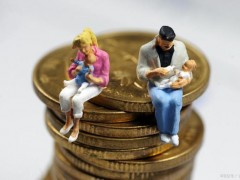
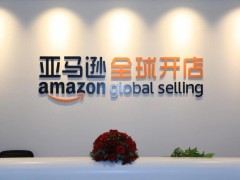
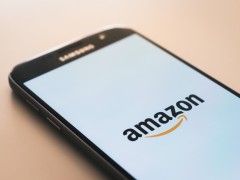

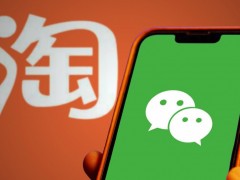
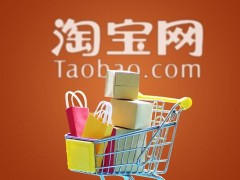

Latest Q&A More
-
Do I need a trademark to open a franchise store on Pinduoduo to sell books?
#Pinduoduo#
-
How to withdraw from a Pinduoduo store
#Pinduoduo#
-
How to withdraw from Pinduoduo merchants
#Pinduoduo#
-
How to pay fees when closing a Pinduoduo store
#Pinduoduo#
-
How to withdraw from Pinduoduo
#Pinduoduo#
-
Which store on Pinduoduo is authentic?
#Pinduoduo#
-
Which stores on Pinduoduo can buy genuine products?
#Pinduoduo#
-
How to check the store under Pinduoduo
#Pinduoduo#
-
How to receive Pinduoduo online game products
#Pinduoduo#
-
How to sell the electronic version on Pinduoduo
#Pinduoduo#
E-c News 2025-11-03 03:39:03

- African netizens use China Africa cross-border e-commerce platform for online shopping
- how is the new seller of cross-border e-commerce doing?
- how can cross-border e-commerce Amazon sell on Amazon platform without goods?
- Amazon store opening process and cost analysis!
- Amazon plans to expand its pharmacy business on a large scale and will add same day delivery service

